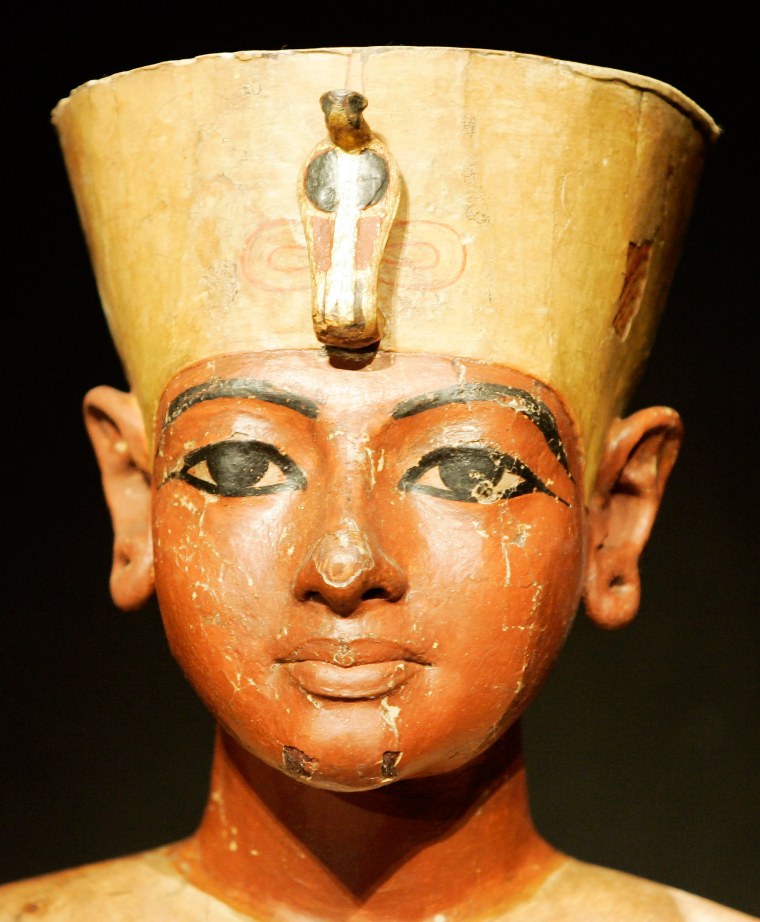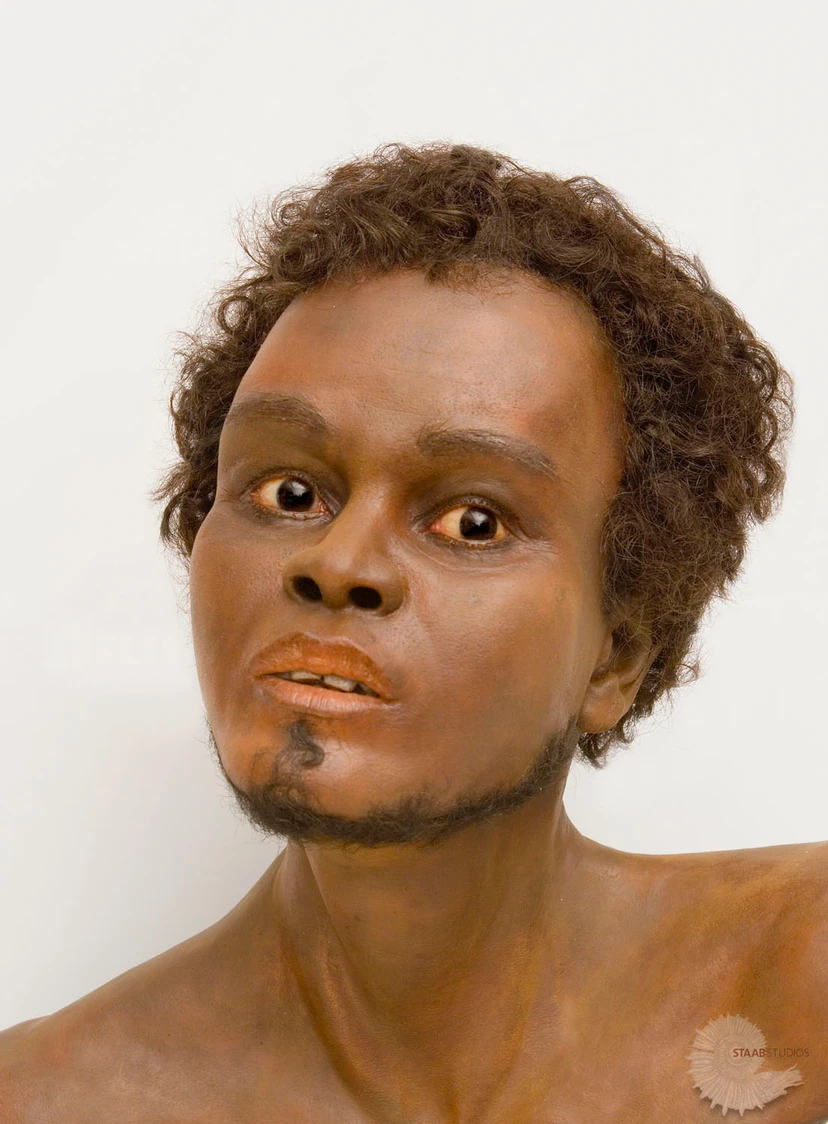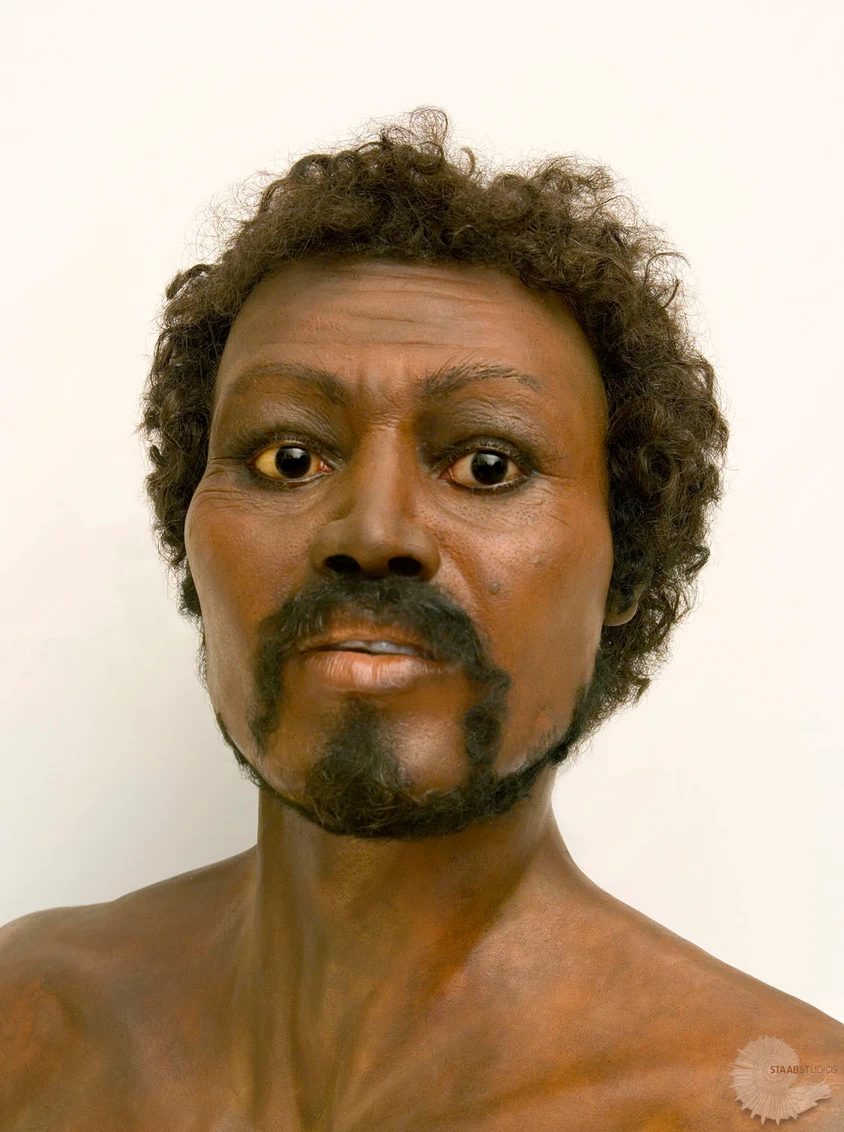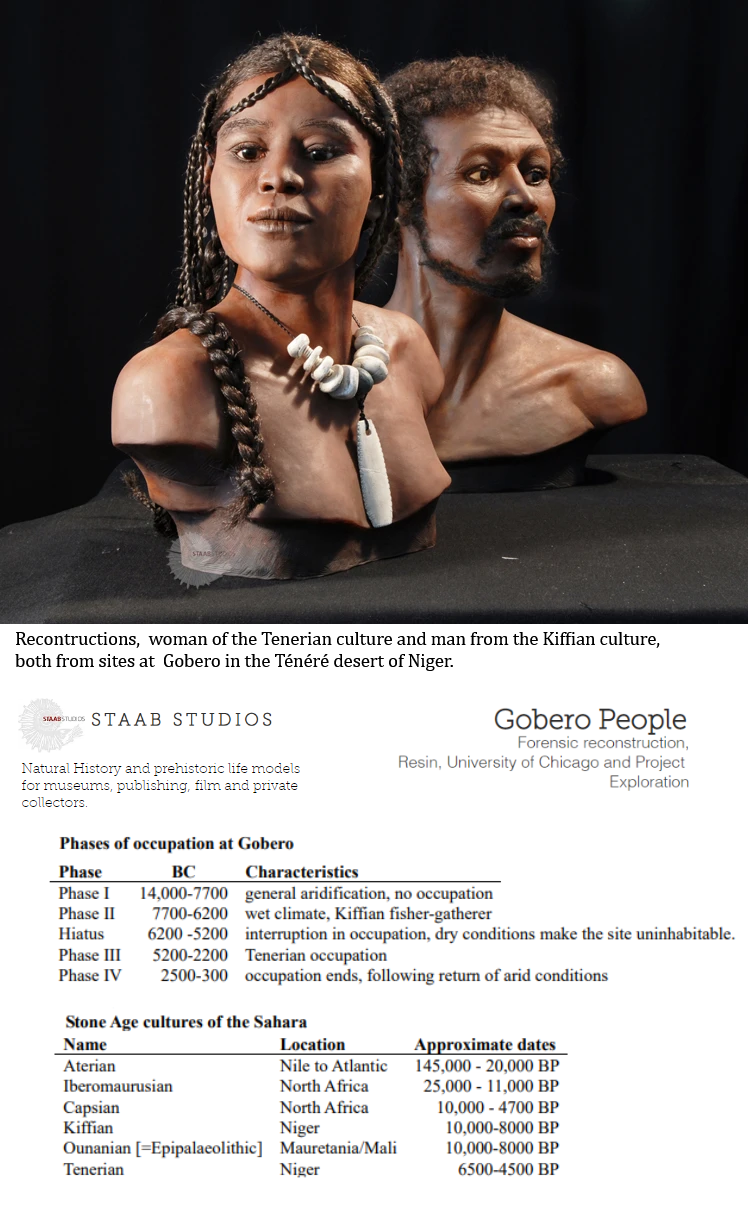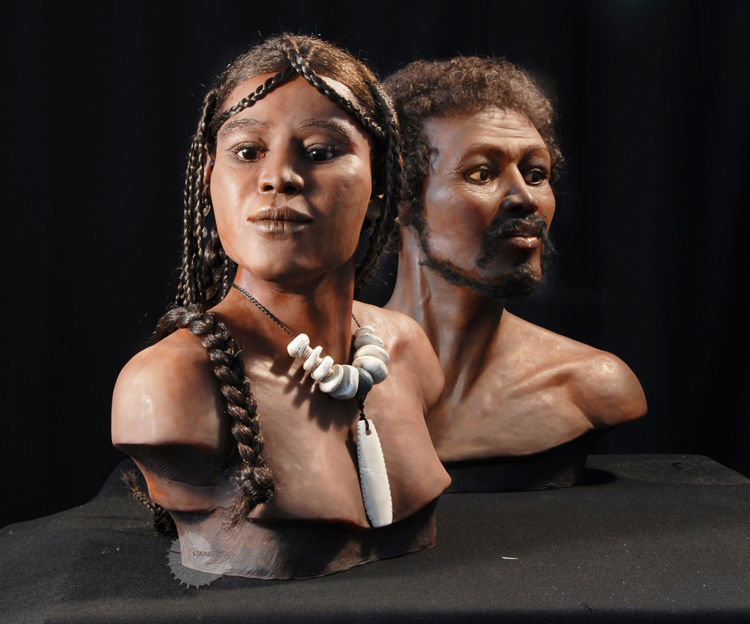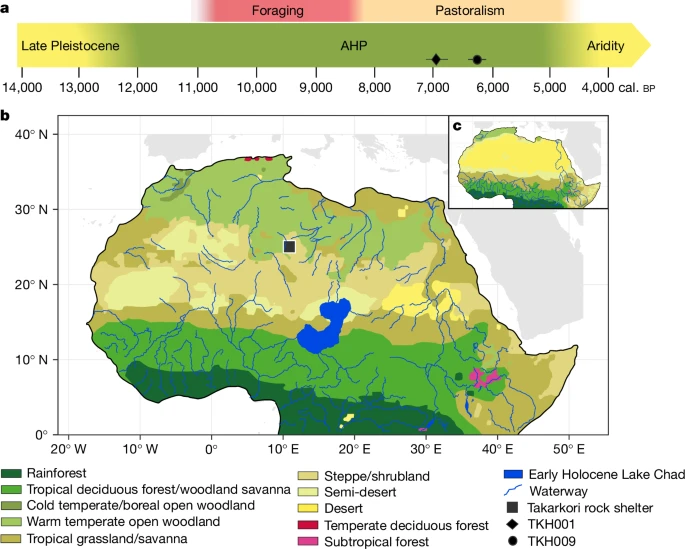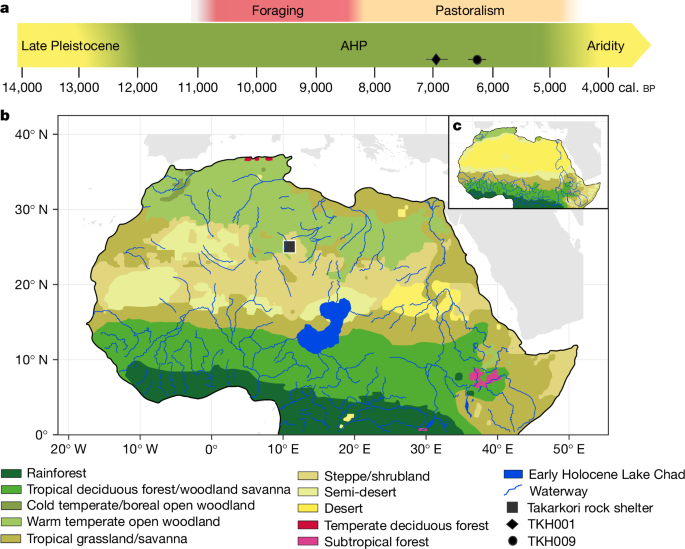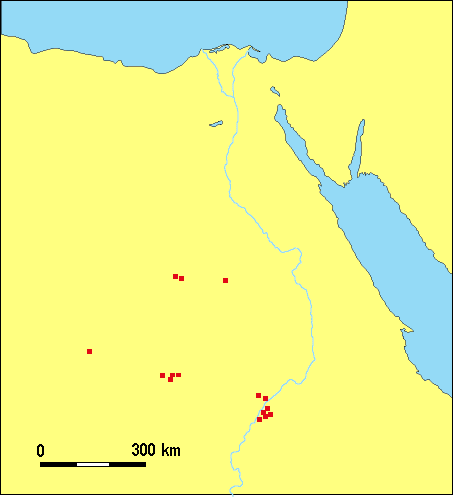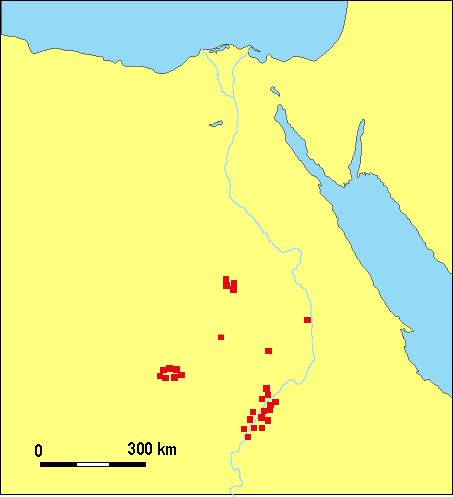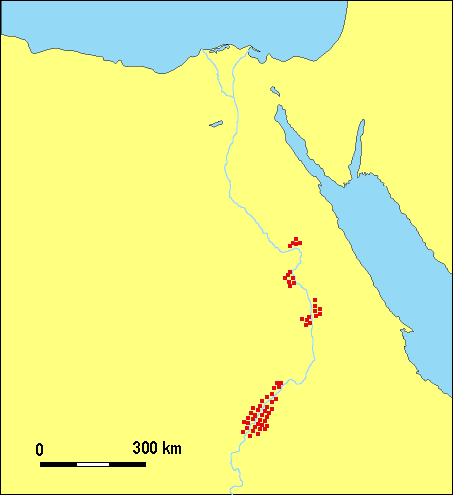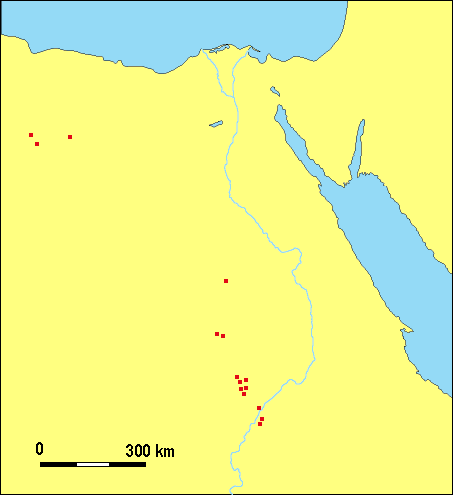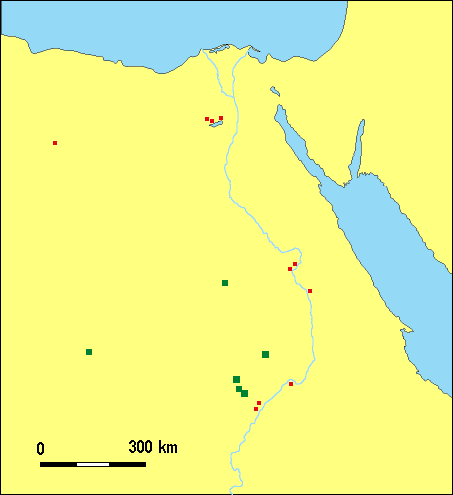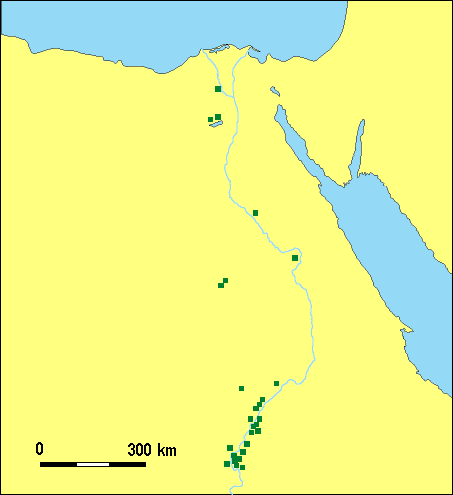they deface the important shyt...Discovery of Egyptian dignitary's 4,000-year-old colorful tomb stuns archaeologists
Egyptian officials announced a stunning discovery over the weekend: a 4,000-year-old tomb of a dignitary bedazzled in colorful paintings and inscriptions.
Egypt's Ministry of Antiquities unveiled Saturday the ancient resting place of the senior official named "Khuwy," noting that he served during the reign of King Djedkare, a pharaoh who ruled Egypt during the Fifth Dynasty — from the late 25th century to early 24th century BC. The next day, the Egyptian government released footage that showcased what it called "exceptionally painted" limestone walls.
"The remarkable well-preserved colours on the inscriptions are considered royal colours," the ministry said in an original video posted online.
OLDEST WEAPONS EVER DISCOVERED IN NORTH AMERICA UNCOVERED IN TEXAS
Antiquities Minister Khaled al-Enani confirmed to the Egypt Independent that the ancient gravesite in Saqqara, which has a tunneled entrance resembling that of a royal pyramid, was uncovered last month while a team examined Djedkare's vast collection of pyramids. A team of 52 foreign ambassadors, cultural attachés and popular Egyptian actress Yousra toured the site over the weekend.
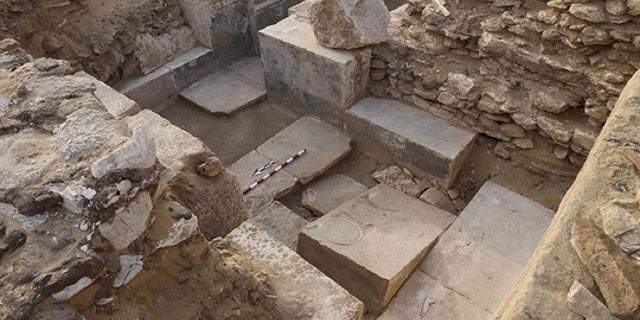
Hieroglyphs found in the tomb indicate that Khuwy was a senior administrator who held a high rank in the court of pharaoh Djedkare Isesi. (Egyptian Ministry of Antiquities)
“The L-shaped Khuwy tomb starts with a small corridor heading downwards into an antechamber and from there a larger chamber with painted reliefs depicting the tomb owner seated at an offerings table,” Mohamed Megahed, who led a team of archaeologists in digging up the tomb, told the Egyptian newspaper.
Every inch of the tomb is covered in markings, which archaeologists are carefully studying. So far, the inscriptions have raised questions about Khuwy's impact on the ancient community as well as his specific relationship with the pharaoh — whose elaborate tomb sits just "a stone's throw away," per the ministry.
Since the tomb's discovery in March, researchers have floated several possibilities that could explain Khuwy's highly decorated tomb.
MYSTERIOUS BLUE PIGMENT IN MEDIEVAL WOMAN'S TEETH GIVES SCIENTISTS 'BOMBSHELL' CLUE
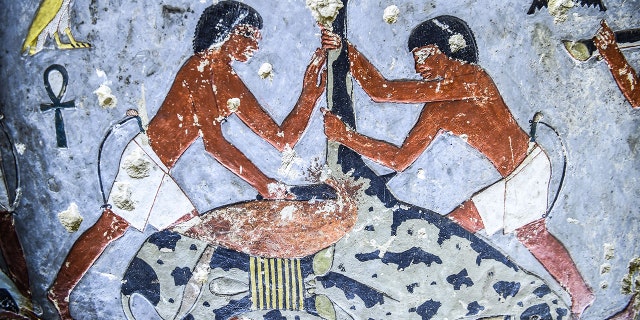
A view inside the newly-dicovered tomb of the ancient Egyptian nobleman "Khuwy" dating back to the Fifth Dynasty.(MOHAMED EL-SHAHED/AFP/Getty Images)
Some suggested Khuwy was a close relative of Djedkare, while others said it may have been used to make a political point.
"Others believe this unique design was part of the pharaoh's reforms of state administration and funeral cults," the ministry explained in a video.
Khuwy's mummified remains were found "fragmented into several pieces" but researchers will still be able to use the bones to further examine the makeup of the Egyptian official, which will hopefully uncover secrets related to his role during that time period.
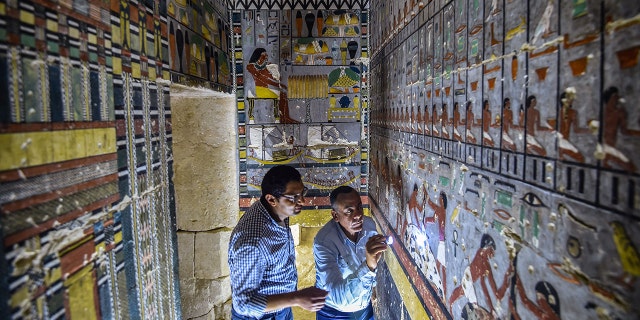
Mohamed Mujahid , head of the Egyptian mission which discovered the tomb of the ancient Egyptian nobleman "Khewi" dating back to the 5th dynasty. (MOHAMED EL-SHAHED/AFP/Getty Images)
In December 2018, archaeologists in Egypt uncovered another impressive gravesite in the Saqqara pyramid that belonged to a high priest more than 4,000 years ago.
Mostafa Waziri, secretary general of the Supreme Council of Antiquities, called the burial “one of a kind in the last decades."
"The color is almost intact even though the tomb is almost 4,400 years old," Waziri said in a statement at the time.
I see nothing but Black African's on the wall's..fukk is you thieving cac's on about, you disgust me
a room can be prestine look like no one ever been it ...then they call this nikka
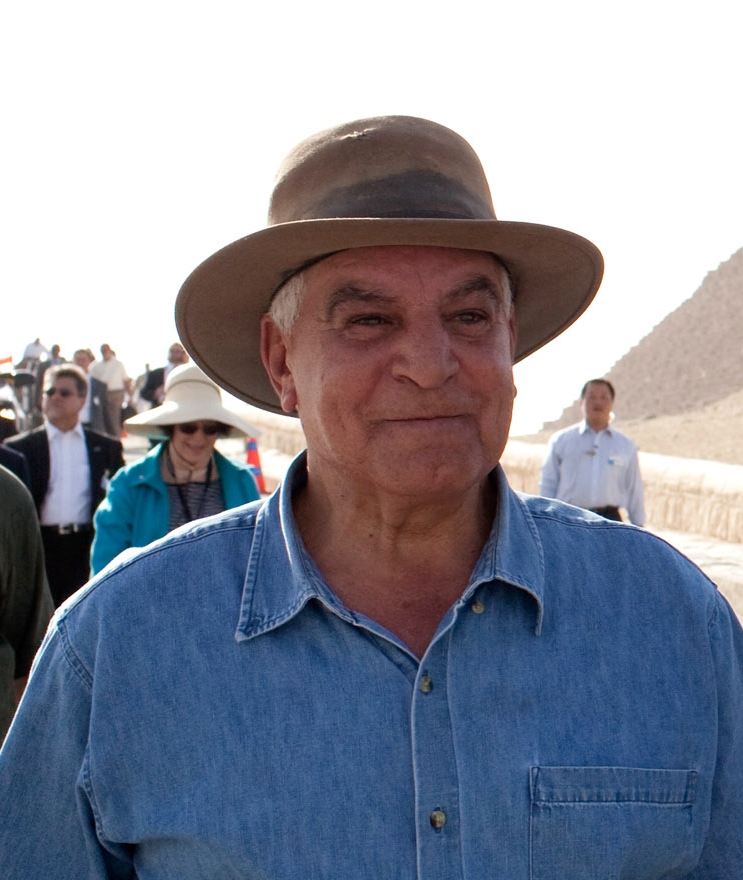
he robs it .. then start defacing shyt...
like if it was peckerwoods back then there.. they would have painted them...they had colors..lol



